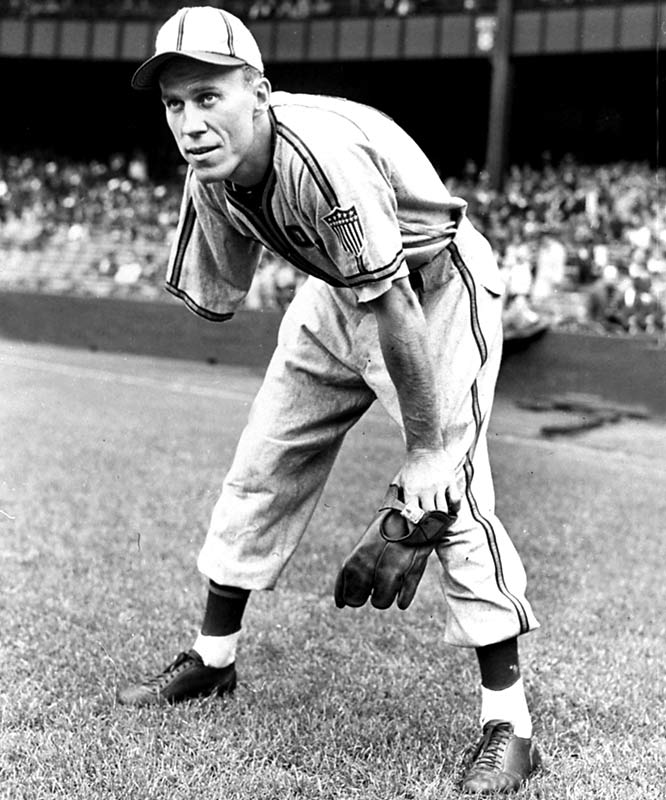BY
Pete Gray is a player you may not have heard of. He only hit .218, with no homers and 13 RBI in his lone season, 1945. He played for the St. Louis Browns as a left fielder.
I know what you're thinking. Why am I talking about him? Well, he's the position player version of Mordecai Brown, except more extreme.
Peter Gray was born in Nanticoke, PA. He was right-handed until the age of six. He slipped riding his father's wagon and his right arm was caught in the spokes. He hurt it so severely his right arm had to be amputated.
His love for the game of baseball kept him playing.
He fielded the ball one-handed, catching the ball in his glove and then quickly removing his glove and transferring the ball to his hand in one motion.
His speed and contact hitting carried him to a very successful minor-league career. In 1944, he was named Southern League Most Valuable Player. In 1944, he had 63 steals and hit .333.
Talk about heart.
During his career, he played for many semi-pro teams, such as the Trois Rivieres Renards, the Memphis Chicks, and the Brooklyn Bushwicks.
The Browns were impressed by his play in semi-pro baseball, so they decided to purchase his contract.
His performance was nothing to write home about. He hit .218 with a .958 fielding percentage. Still, it's amazing that he got a hit with one hand: one he doesn't throw with naturally. It's also amazing he was able to have a fielding percentage and not make an error every time.
That makes a guy like Manny Ramirez all the more lazy. If a guy can field a hit and transfer the ball to his non-throwing hand and throw the ball into the infield, Manny can turn sideways and throw the ball to the infield or run full speed to first base for over $20M a year.
"Boys, I can’t fight, and so there is no courage about me. Courage belongs on the battlefield, not on the baseball diamond." That is what Pete Gray lived by, every single day.
Gray inspired many American soldiers during World War II, visiting Army hospitals, rehabilitation centers, speaking with amputees, and telling them that they too could have a good life.
From 1946 to 1949, he played with the Toledo Mud Hens, Elmira Pioneers, and Dallas Stars of the Minor Leagues. Gray died on June 30, 2002 and had his glove donated to the Baseball Hall of Fame in Cooperstown, NY.


No hay comentarios:
Publicar un comentario